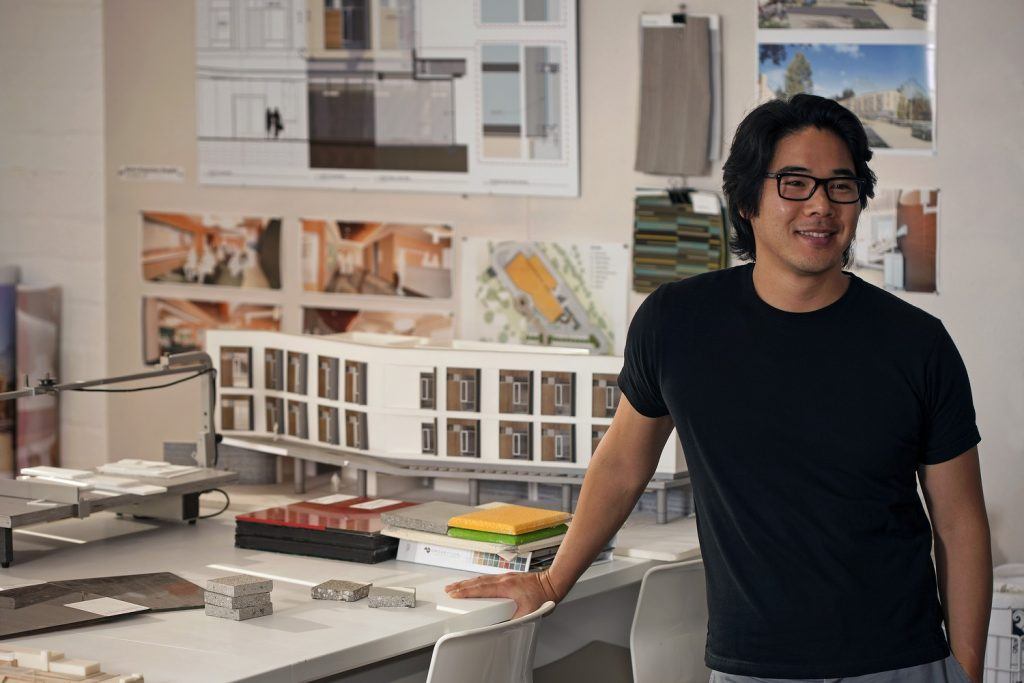
Communal spaces are undeniably popular. These spaces are nearly the single commonality in architectural trends across asset classes. While there are many cultural movements driving this trend, in educational real estate projects, Satoshi Teshima, associate VP at HGA Architects and Engineers, says that communal spaces can create a sense of security and safety, especially in urban markets. We sat down with Teshima for an exclusive interview to talk about this architectural trend and other trends that have become commonalities across asset classes.
GlobeSt.com: Why is the idea of communal space on a campus become so important?
Teshima: That is changing how the campus is being perceived in their communities. A lot of the community colleges that we are working on are in economically challenged neighborhoods. Even if there is crime and gang activity, the campus itself is a safe haven. Very often what happens outside of the campus perimeter does not happen on the campus. So, we are trying to give those students an opportunity to spend more time on campus. To create that extra space for students is the biggest aspect that we are trying to design into our building. Of course, a building doesn’t end when the wall hits the ground. It is really trying to incorporate the surrounding spaces, especially in Southern California. We are trying to create small-scale outdoor spaces.
GlobeSt.com: We are seeing communal spaces across asset classes. Why do you think the industry is favoring communal spaces?
Teshima: We are deriving a physical interpretation of a particular need. At the end of the day, it needs to serve its purpose to enrich a community. When it comes to the notion of sciences, which we do a lot of on higher education campuses, there is still a dogma associated with that. A lot of the students that we design buildings for are first generation college students, and a lot of them do not have role models that have gone through the higher education process, and a lot of times they don’t have guidance from their families. When we think of that type of demographic, we think of how we can break down the perceived barrier for entry.
Read the complete interview in GlobeSt.com.
